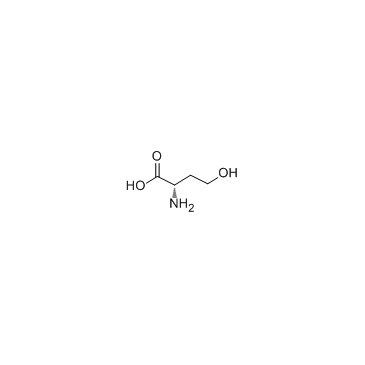| 结构式 | 名称/CAS号 | 全部文献 |
|---|---|---|
![3-氧代-N-[(3S)-2-氧代四氢呋喃-3-基]辛酰胺 结构式](https://image.chemsrc.com/caspic/496/147795-39-9.png) |
3-氧代-N-[(3S)-2-氧代四氢呋喃-3-基]辛酰胺
CAS:147795-39-9 |
|
 |
L-高丝氨酸
CAS:672-15-1 |